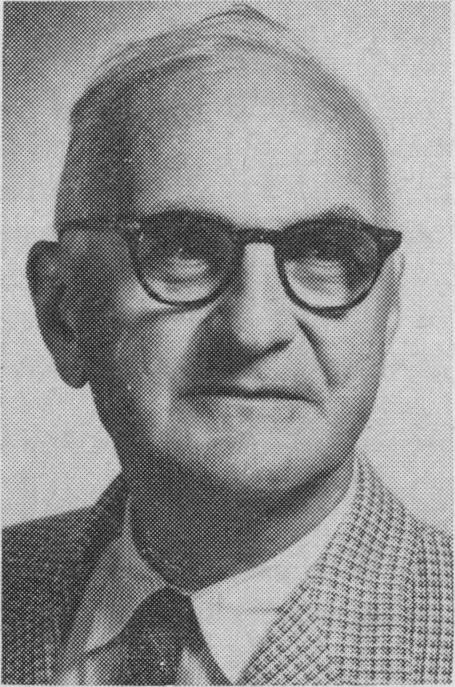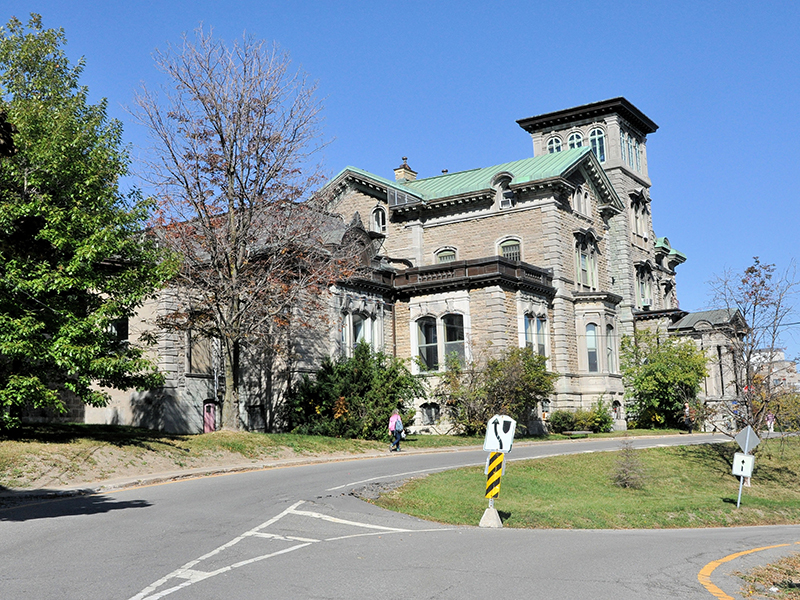Marilyn Rappaport’s older sister is 77, has never been married, never held a job and has been institutionalized for much of her life.
She is allegedly one of perhaps hundreds of victims of secretive Central Intelligence Agency-backed brainwashing experiments that took place at the Allan Memorial Institute (AMI) in Montreal, under the direction of Dr. Ewen Cameron in the late 1940s, ’50s and ’60s.
Rappaport is spearheading a campaign for a public apology and “proper” compensation from the Canadian government and McGill University, with which AMI, a respected psychiatric facility, is affiliated. The petitioners allege the patients suffered permanent psychological damage, which also had a devastating impact on their families.
Rappaport is among the founders of Survivors Allied Against Government Abuse (SAAGA), which announced on May 20 that it would begin proceedings for a class-action lawsuit against the federal government, on the grounds that it funded the AMI program. The coalition is represented by lawyer Alan Stein, who has been litigating this matter for more than three decades.
READ: REPORT RAPS MCGILL OVER HANDLING OF ALLEGED ANTI-SEMITISM AT SSMU
He represented Louis Weinstein, one of the nine people – including Velma Orlikow, wife of former Winnipeg MP David Orlikow – who sued the CIA and won a settlement in 1988. Velma Orlikow had earlier reached a settlement with the Royal Victoria Hospital, of which the AMI was a department.
SAAGA brings together the late Cameron’s few surviving patients, as well as the spouses, children or siblings of former patients, who say that they, too, are victims. Rappaport said people from Canada, the United States, Mexico and Israel have reached out to the group, and with the launch of the SAAGA website this week, she expects more to come forward.
Cameron has been accused of subjecting patients without their consent to “de-patterning,” using experimental drugs, such as LSD, massive electroconvulsive therapy and induced comas, during which continuous taped messages were played.
Rappaport called it “barbaric.”

“My sister was used as a guinea pig and regressed into a child-like state until this day,” she said. “When she came out, she did not remember my mother or me.… They had erased her memory. She became hostile and family life was difficult. There was shame and stigma surrounding mental illness.”
In this pre-medicare era, her parents paid thousands of dollars for her to go to AMI, she added. Her sister, as with many other patients, had sought treatment for relatively minor problems, like anxiety and depression.
Among the other relatives telling their stories is Marlene Levenson. Her late aunt, Phyllis Goldberg, entered the AMI in 1945 and also emerged in an “infantile” state.
“It had a massive impact on the family. Her mother died of a broken heart and her siblings took care of her (until her death in 2011),” Levenson said.
Allan Tanny, whose late father Charles underwent what he calls “torture,” thinks the only hope alleged victims have to finally achieve justice is to “embarrass the government by making the public aware of what it did to its own citizens.”
The mind-control experimentation, code-named MK Ultra, was exposed in the late 1970s by the New York Times, which obtained records under the Freedom of Information Act.
Stein admits that winning a class-action suit will not be easy. Authorization to proceed must first be granted by a Superior Court judge.
My sister was used as a guinea pig.
– Marilyn Rappaport
Last fall, Stein succeeded in getting compensation from the federal government for Alison Steel, whose mother was at AMI in the ’50s. But he cautioned that the federal government has “vigorously contested” such lawsuits over the years.
In the early ’90s, the Mulroney government, bowing to pressure, agreed to make “ex gratia” payments to patients. In other words, it did so out of a sense of moral obligation, rather than a legal one.
However, fewer than 80 of the more than 400 people who applied received a payout and only after a rigorous review process, Stein said. The maximum paid was $100,000 and was limited to patients who were at the institution between 1950 and 1965.
“They had to prove they had been ‘totally de-patterned,’ ” said Stein, who successfully appealed that provision on behalf of his client, Gail Kastner. In 2000, a Federal Court judge ruled that having been “substantially” de-patterned would be sufficient cause to receive damages and Stein went on to represent several others.
But, as Levenson pointed out, hiring a lawyer was very expensive and there was certainly no guarantee of winning.

The statute of limitations on such claims has long expired. The Steel case was exceptional, Stein noted, and the government only acceded on the condition that it be kept confidential. It only came to light after the CBC reported on the gag order.
An exposé on the Fifth Estate in December prompted Rappaport and others to renew their attempt to obtain compensation. SAAGA started as a Facebook group and has ballooned since then.
Rappaport was also prompted by the fact that the federal government gave more than $30 million in compensation to three Canadians who were detained and tortured in Syria. She believes her sister and the others were no less victims and, in their case, the government had a direct hand.
“Maybe we can finally honour our loved ones and find peace,” she said.
